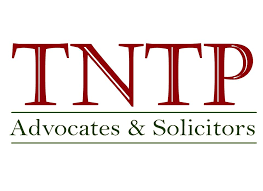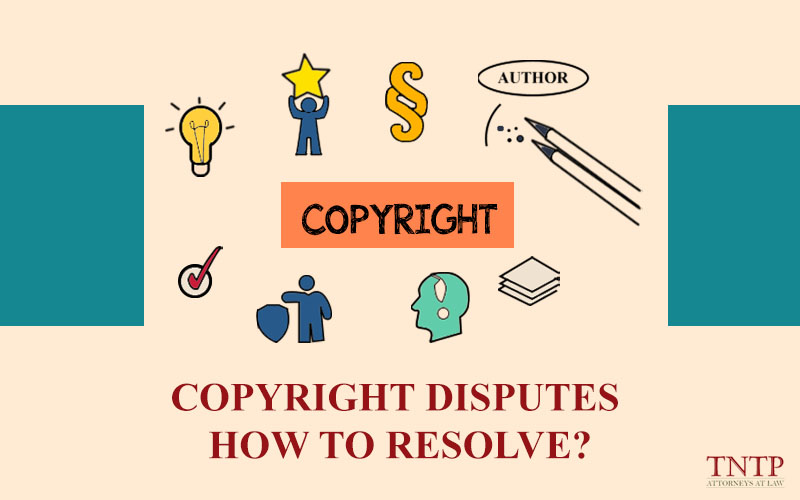Currently, copyright infringement is increasingly common and complex. Anyone can become a copyright infringer. Poorly protected copyright carries serious risks and significant economic risks for the author and the rights owner (“Rights Holder“). When copyright disputes occur, what should the Rights Holder do to protect his legitimate rights and interests as well as limit the damages? Kindly read the following article to get an overview of copyright disputes and measures to resolve them.
1. Definition of copyright
Copyright is the legal right of organizations and individuals to work created or owned by themselves. To be protected, the work must be original, not copy other works and meet the protected conditions under Article 14 of the Intellectual Property Law 2005 amended, supplemented in 2009 as literary, scientific, textbook, syllabus, and other works expressed in the form of written or other characters; lectures, speeches, and other speeches; journalistic works; musical works;…
2. Common disputes over copyright
Common disputes related to copyright can be mentioned as:
– Disputes between individuals over copyright for literary, artistic, scientific, and derivative works;
– Disputes between co-authors over the division of co-authors’ rights;
– Disputes between individuals and organizations about the copyright holders of works;
– Disputes between copyright holders and authors over royalties and remuneration for the creators of works on the basis of assigned tasks or contracts;
– Disputes over the exercise of personal rights or property rights of authors and copyright holders;
3. Methods of resolving copyright disputes
– Method of negotiation and reconciliation
+ Negotiation:
When discovering that copyright has been infringed, the Rights Holder may notify in writing to request the infringer to stop the infringing act. The written notice contains guidance on the arising grounds, protection certificates, scope, and duration of protection and must set a reasonable time limit for the infringer to terminate his infringing acts.
After that, the two sides contacted and exchanged to resolve the dispute. The Rights Holder may request the infringing party to stop the infringement, apologize, publicly correct, and pay damages. During this stage, the parties deal internally with each other. With simple settlement procedures and not bound by legal procedures, the negotiating method helps the parties save costs and retain confidentiality and prestige; however, the outcome of dispute settlement depends on the goodwill and cooperation of the parties, and the results of negotiations are not guaranteed by the mandatory legal mechanism.
+ Reconciliation:
With the conciliation method, the parties settle negotiation with the help of an independent third party, the mediator. The mediator acts as an intermediary, independent to analyze for the parties the nature of the dispute, legal provisions, the most appropriate solution that the parties can accept but do not have the right to adjudicate. Like the negotiating method, the outcome of the mediation depends largely on the agreement of the parties and the capacity of the mediator. At the same time, the parties will spend money to invite the mediator.
– Method of requesting a competent state agency to handle violations
The Rights Holder may submit a request for handling of violations to a competent state management agency. Before submitting a petition, the Rights Holder must notify the infringing party that they are infringing and request an end to the infringement within a reasonable time. If, after that time, the infringer does not voluntarily cease the infringement, the Rights Holder has the right to request a competent authority to handle it by submitting a petition and providing evidence proving the existence of the infringing act. An infringement of rights will be handled by administrative or criminal measures depending on the nature and seriousness of the act. In addition to being administratively or criminally handled, the infringing party may still be subject to civil measures by compensation for damages to the Rights Holder.
– Method of bringing the case to court or commercial arbitration
This method is a last one when the infringer does not actively and voluntarily fulfill the legitimate demands of the Rights Holder and the parties failed to reach a final dispute settlement agreement. The Rights Holder may initiate lawsuits to settle copyright disputes by arbitration or initiate dispute settlement lawsuits at competent courts.
Above all, in order to prevent possible copyright disputes, the Rights Holder need to be aware of his legitimate rights and interests by actively registering copyrights with competent state management agencies, and applying measures to prevent copyright infringement, such as:
- Provide granting permission management information attached to originals or copies of works, recordings, recordings, broadcasts;
- Provide information on the management of the right to appear together with the transmission of the work to the public to identify the work, the author of the work, the rights holder, information about the duration and conditions of use of the work, and any data or codes and symbols representing such information to protect the copyright;
- Apply technological measures to protect the information of rights management, prevent acts of access to works, and illegal exploitation of their ownership.
The above is the information that should be noted when dealing with copyright disputes that we have synthesized in the study of the provisions of the law and based on current practice. We do hope our article will be useful to you and your work.
Best regards,
You may need: Legal service support clients to settle commercial disputes
Join Fanpage Dispute Settlement and Debt Collection to have more useful legal knowledge.
TNTP & Associates International Law Firm
6th Floor, No. 200 Nguyen Luong Bang Street, Quang Trung Ward, Dong Da District, Hanoi
Lawer Nguyen Thanh Ha
Email: ha.nguyen@tntplaw.com







